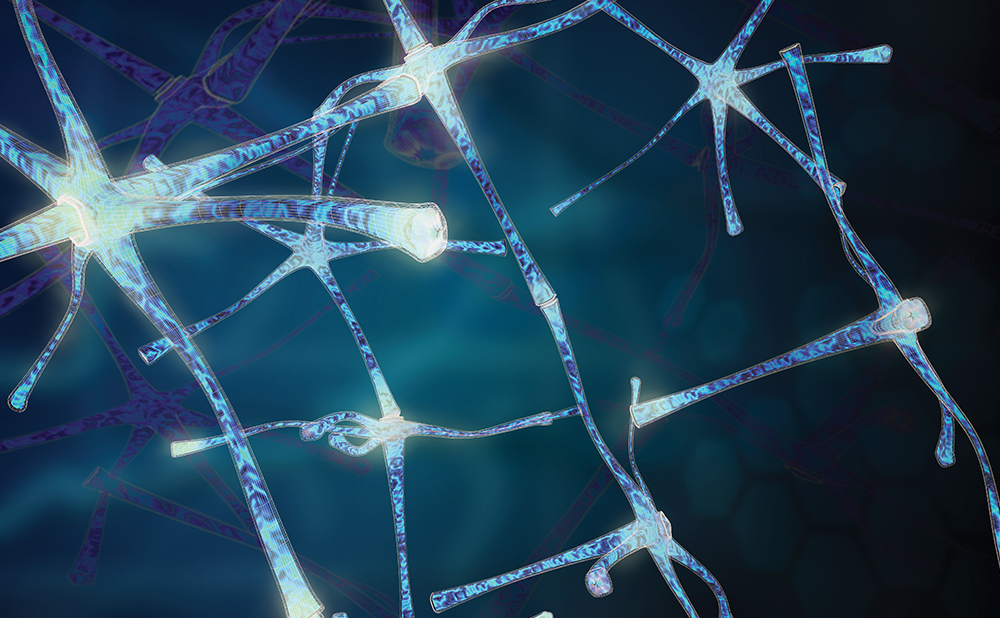Search Results
Showing Results for delirium screening

Article highlights Multiple screening tests are available to screen patients for cognitive impairment, and the Confusion Assessment Method is a helpful test to screen for delirium in the immediate postoperative period. Medicine reconciliation and identification and removal of potentially inappropriate ...

Gastroesophageal reflux disease (GERD) is a chronic condition affecting over 750 million people globally.1 The disease causes acid from the stomach to reflux into the oesophagus, leading to epigastric discomfort, cough, sore throat and chest pain.1 Left untreated, this disease can ...

Parkinson’s disease (PD) is a progressive, neurodegenerative movement disorder and the second most common neurodegenerative disorder in the United States.1 In 2020, approximately 930,000 people in the United States aged 45 years and older developed the disease, and this number is expected ...

Dementia with Lewy bodies (DLB) is regarded as the second most common cause of neurodegenerative dementia in older people (after Alzheimer’s disease).1 Despite this, DLB remains a challenging condition to diagnose, largely due to a varied presentation of ...

Pathologically, Parkinson’s disease (PD) is characterized by the loss of dopaminergic neurons in the substantia nigra and the presence of Lewy bodies.1 In a staging model proposed by Braak in 2003,2 the presence of midbrain lesions are preceded by degeneration ...

Traumatic brain injury (TBI) is a condition with many unmet needs in medicine and public health.1,2 It is a major cause of death and disability and also leads to extremely high direct and indirect costs to society.3–5 Currently the incidence ...

Lacunar strokes (LACS), which result from occlusion of the deep penetrating arteries in the brain, are often milder than embolic or large vessel strokes.1 Even if they are mild in terms of stroke severity, it has been recognized that LACS ...

Post-stroke Infections – Diagnosis, Prediction, Prevention and Treatment to Improve Patient Outcomes
Up to 95% of patients have at least one relevant complication within the first three months after stroke.1 Complications impair neurological outcomes2–4 and approximately one-third of patients with ischaemic stroke die during hospitalisation due to one or more complications.5 To minimise ...

Parkinson’s disease (PD) affects about 1–2% of the population over 65 years of age and up to 3–5% of people 85 years of age and older.1 As the average age of the population increases, the prevalence of PD can be expected to rise. ...

A differential agonist-induced desensitization of pre- and post-synaptic responses mediated by GABAB receptors has been demonstrated. It is suggested that such desensitization may contribute to the physiological tolerance to baclofen that may occur during initial treatment.5 Baclofen administered directly into ...

Intrathecal baclofen (ITB) administration via a programmable implanted delivery system has become standard of care in the treatment of disabling, severe spasticity resulting from a wide range of diseases of the brain or the spinal cord. ITB improves severe spasticity ...

Lacunar strokes (LACS), which result from occlusion of the deep penetrating arteries in the brain, are often milder than embolic or large vessel strokes.1 Even if they are mild in terms of stroke severity, it has been recognized that LACS ...
Latest articles videos and clinical updates - straight to your inbox
Log into your Touch Account
Earn and track your CME credits on the go, save articles for later, and follow the latest congress coverage.
Register now for FREE Access
Register for free to hear about the latest expert-led education, peer-reviewed articles, conference highlights, and innovative CME activities.
Sign up with an Email
Or use a Social Account.
This Functionality is for
Members Only
Explore the latest in medical education and stay current in your field. Create a free account to track your learning.

